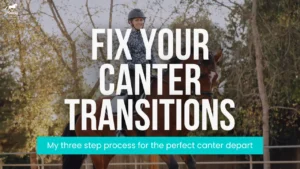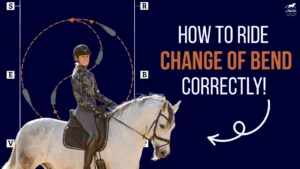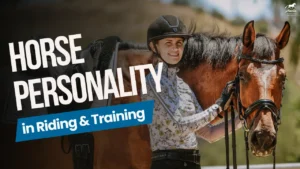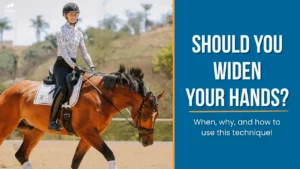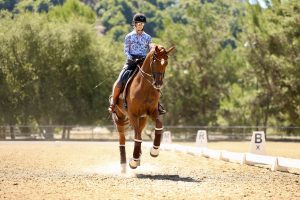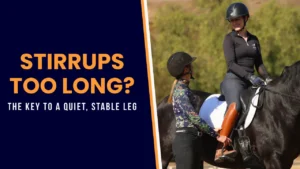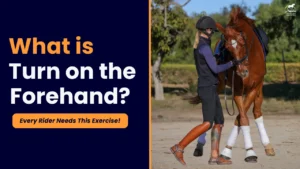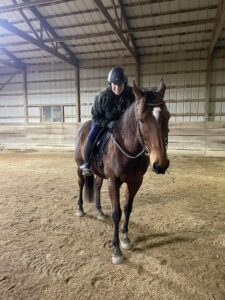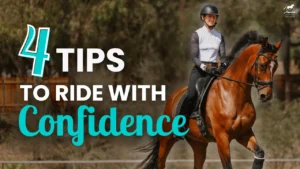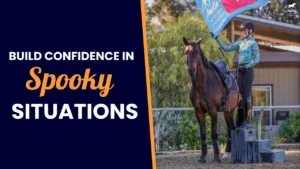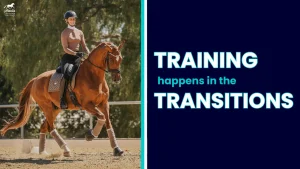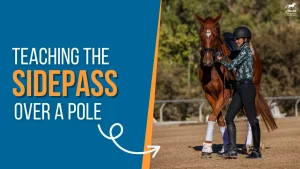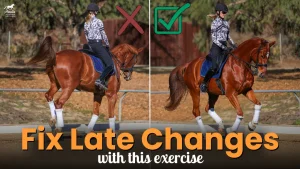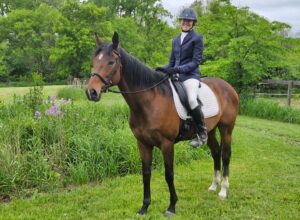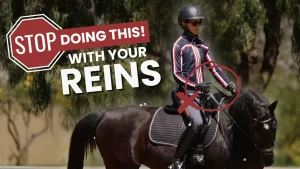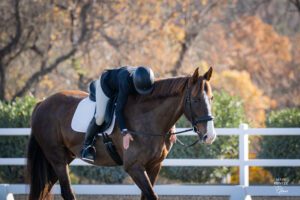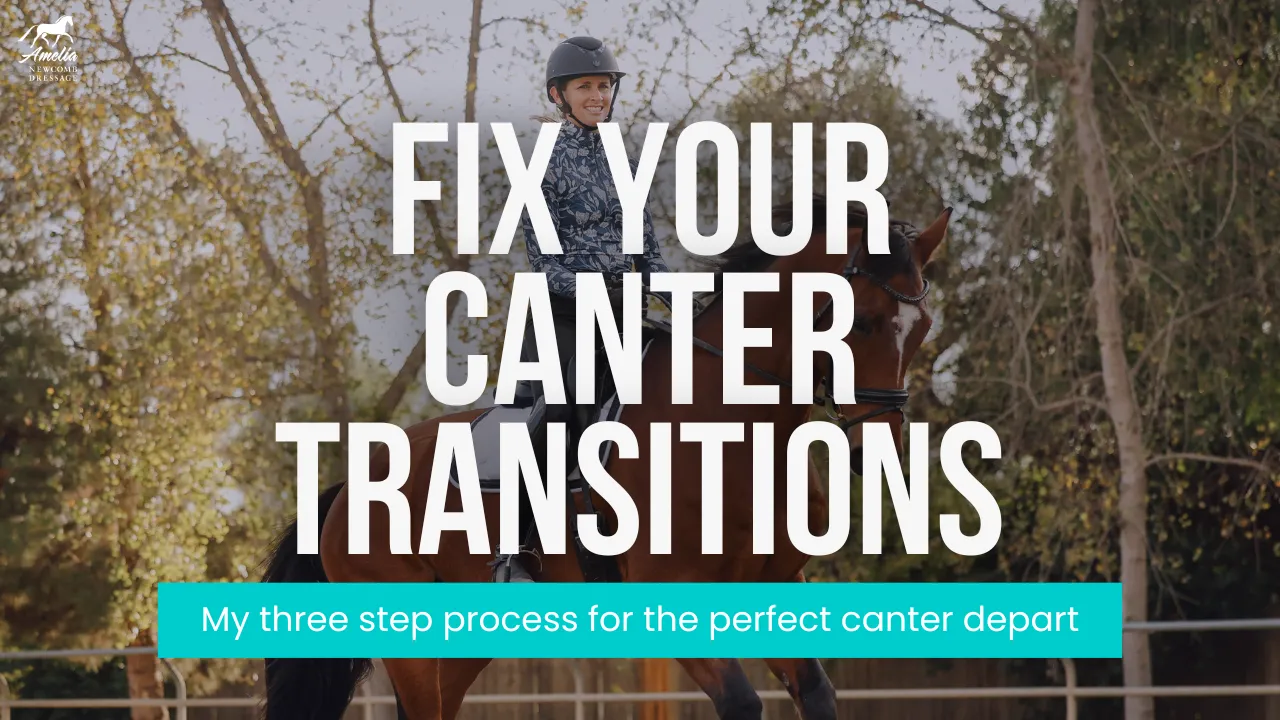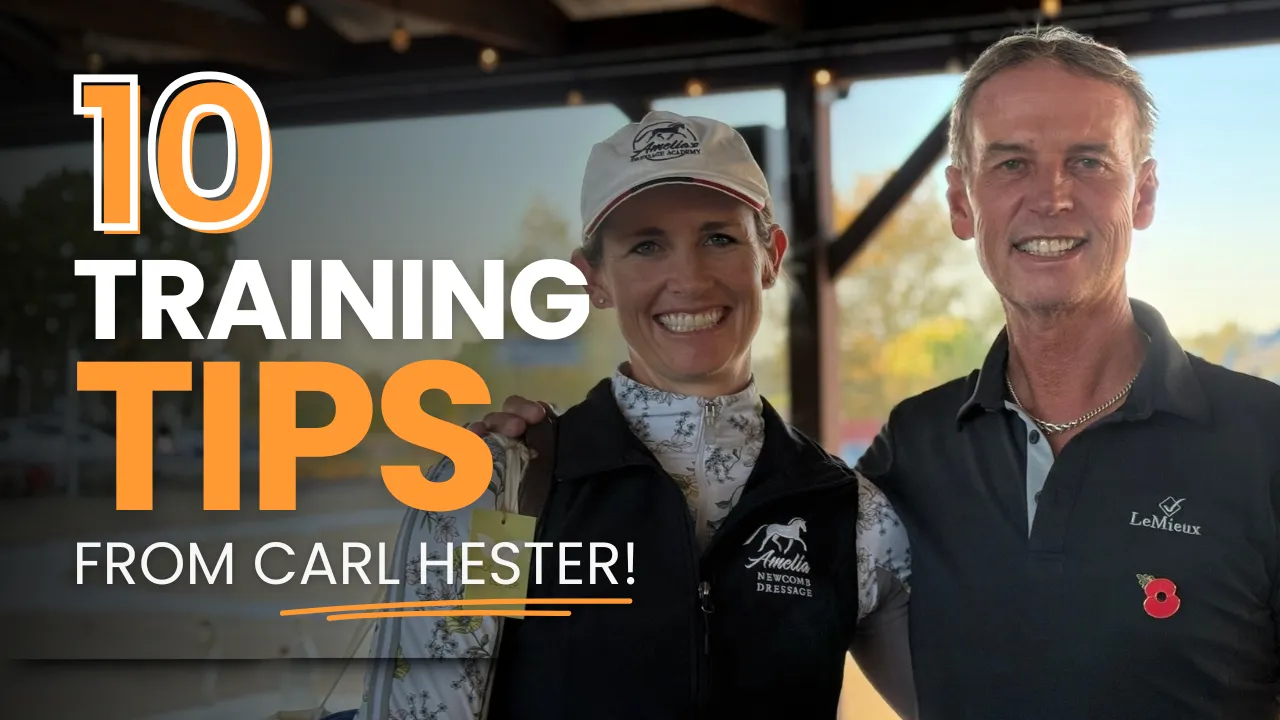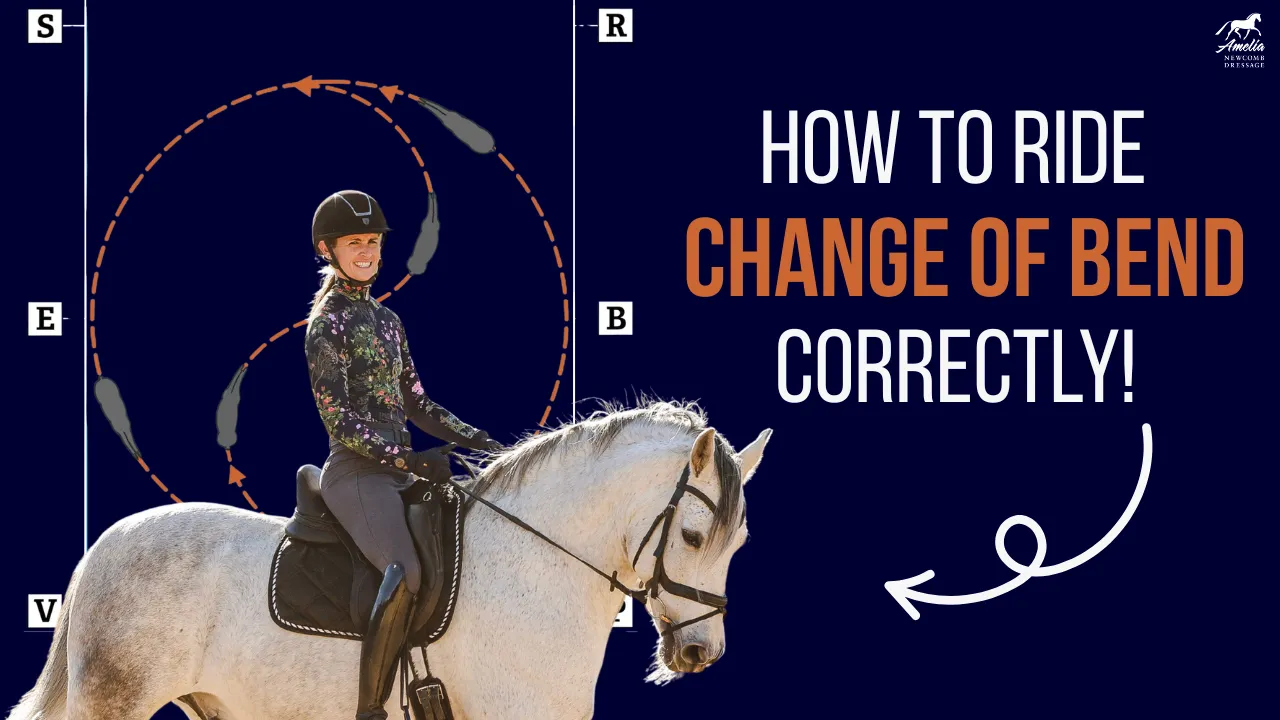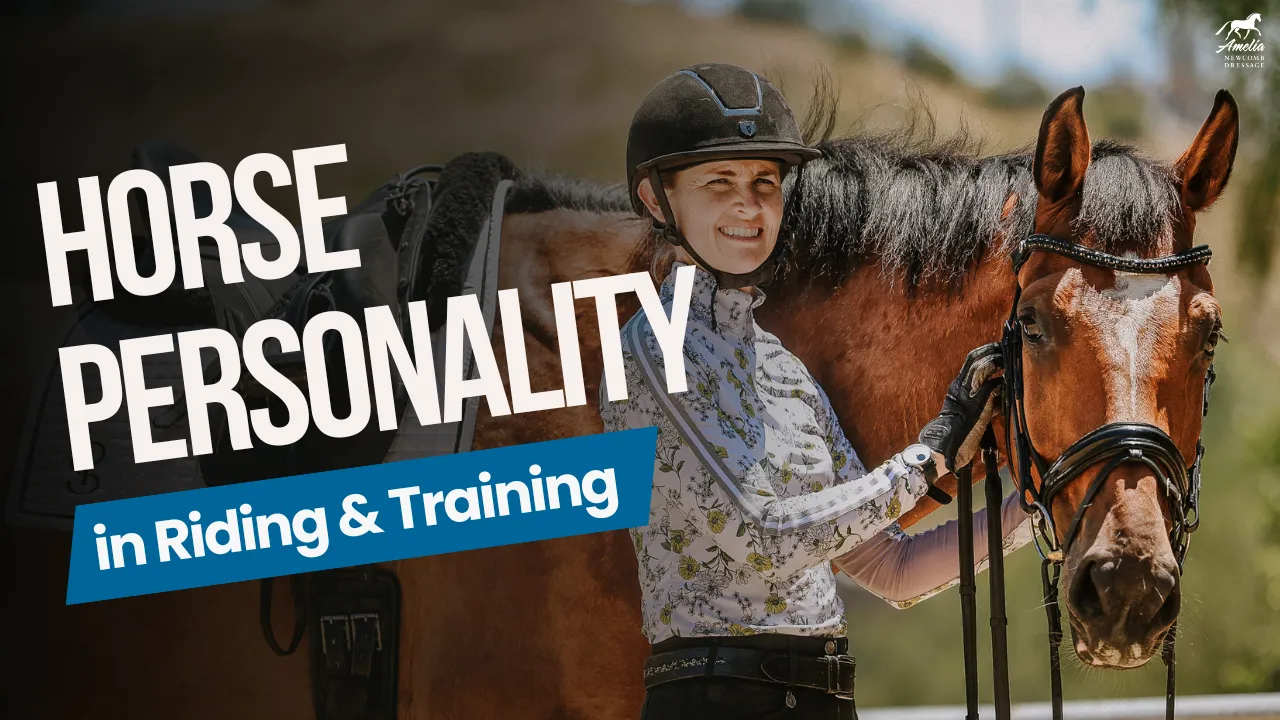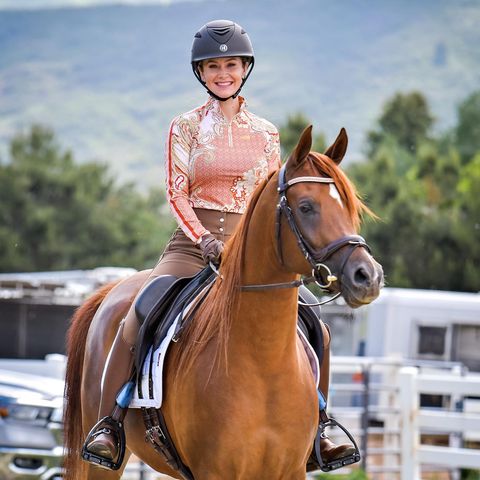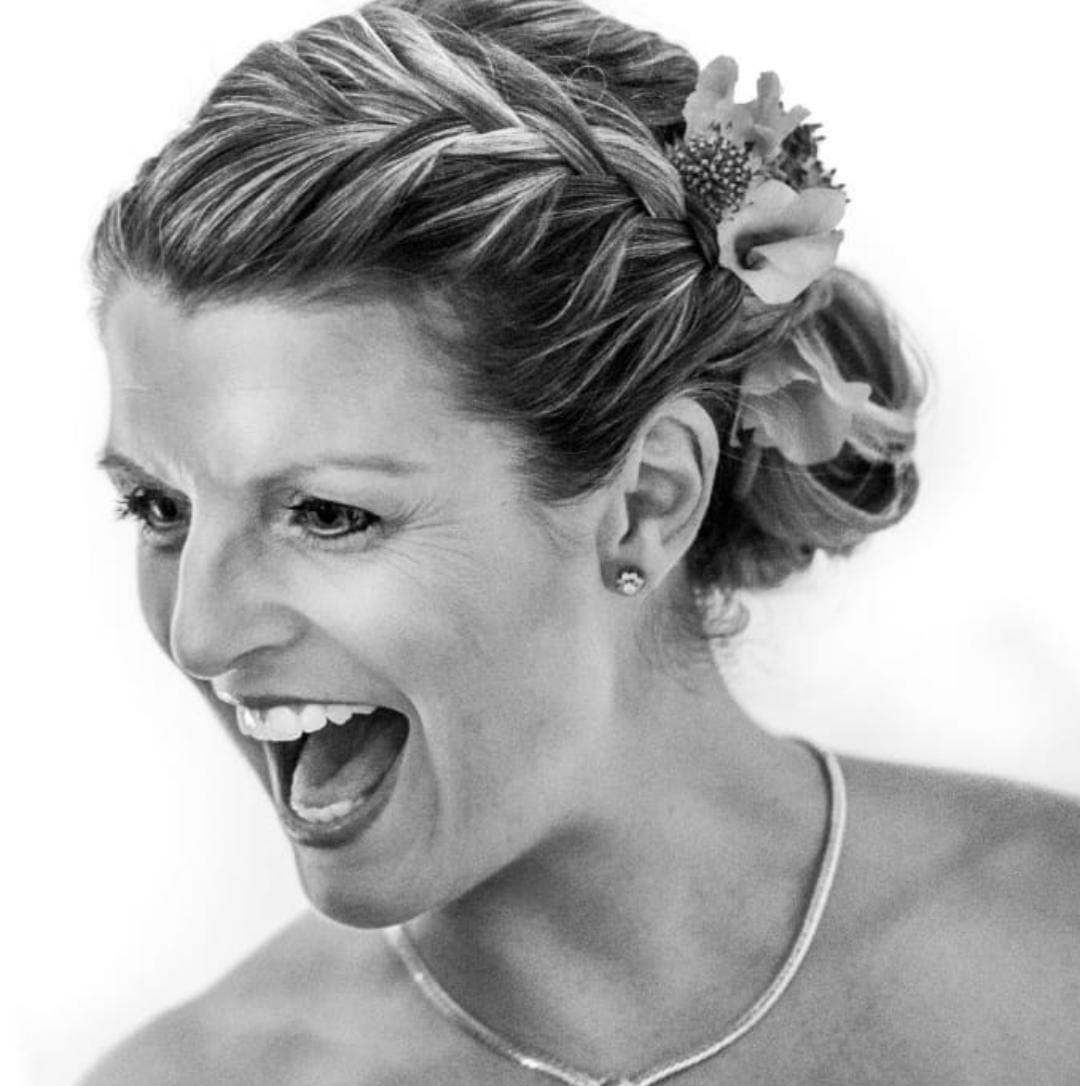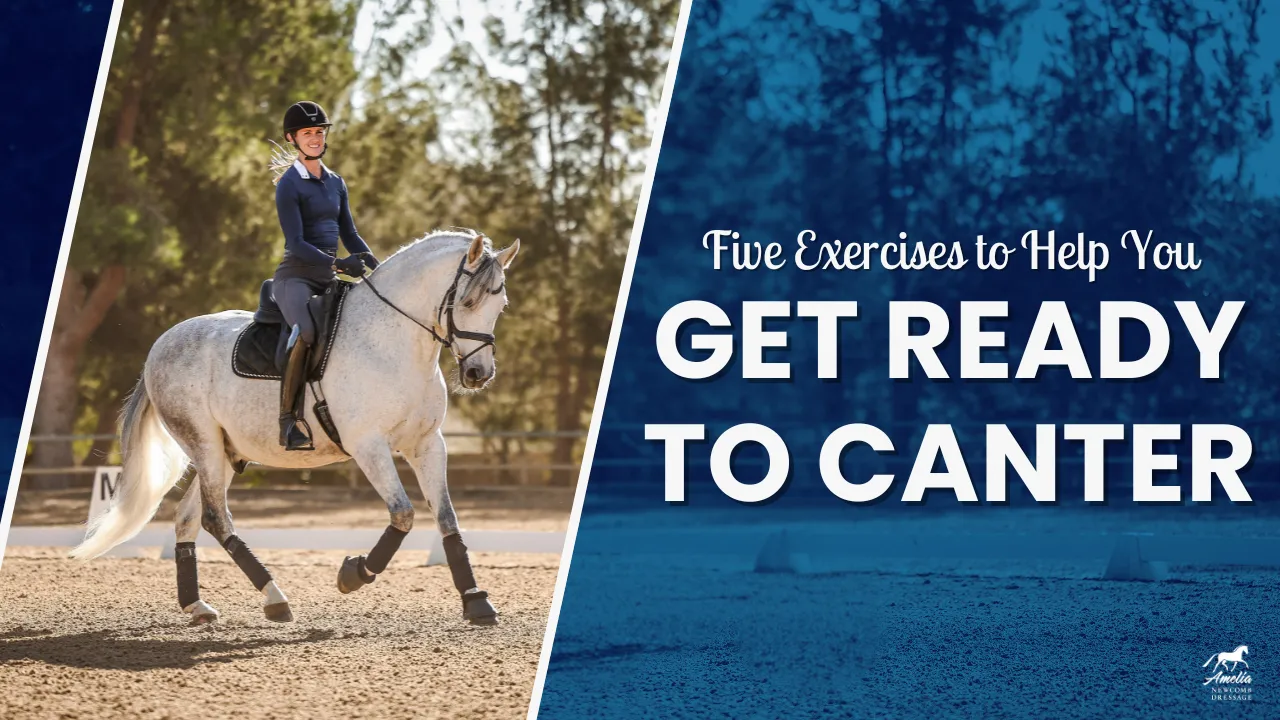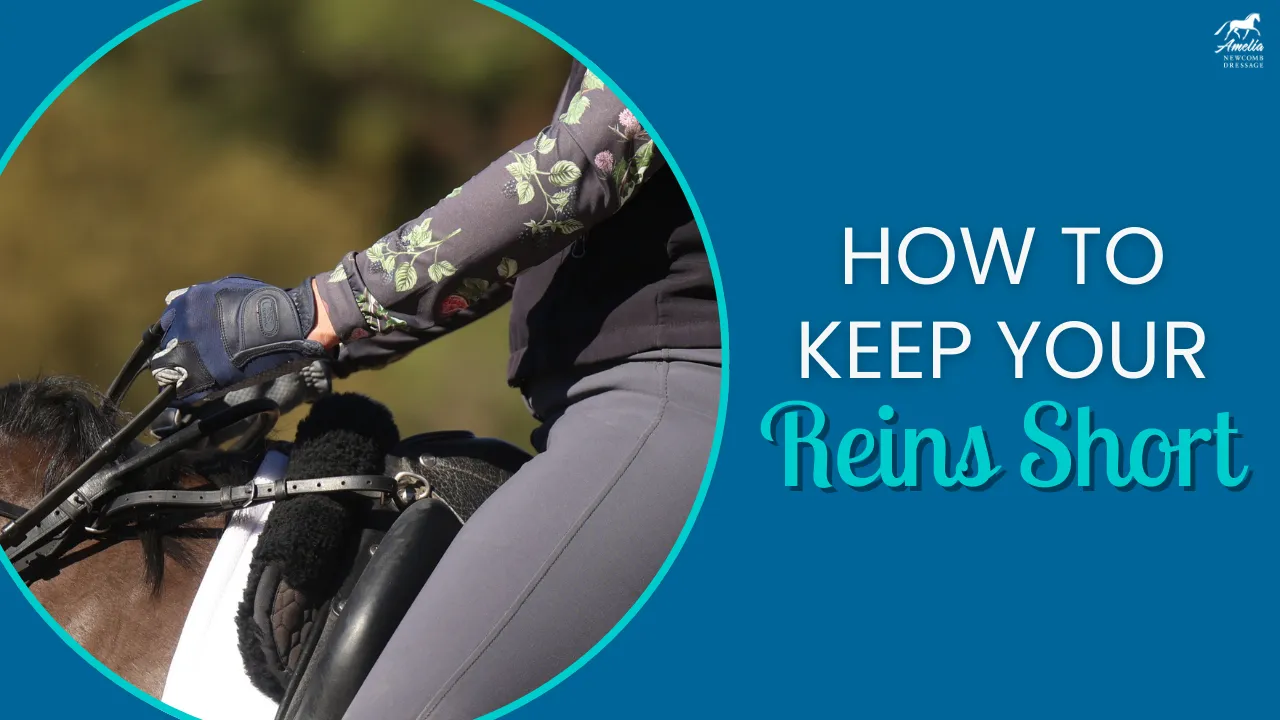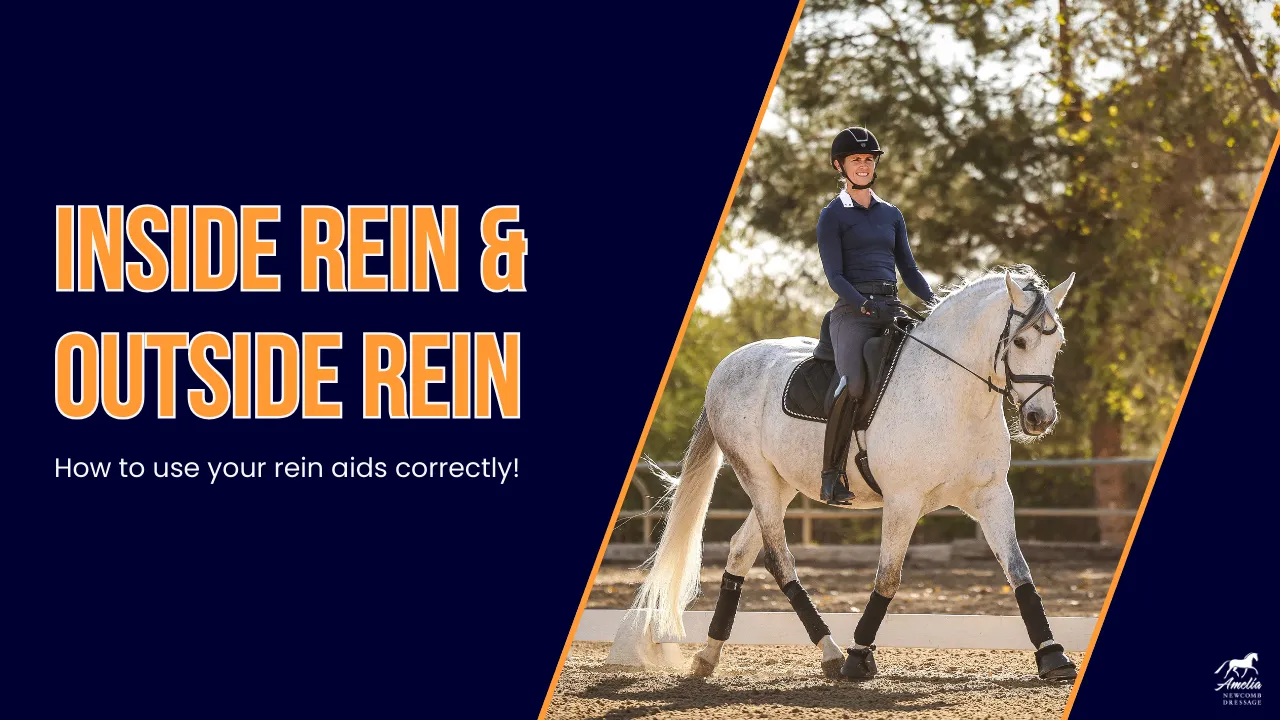This was an original article designed especially for Heels Down Mag.
Should sitting the trot feel ‘floppy’? How do I know when I’m doing it right? How should it feel?
“Great question. When you sit the trot, especially when you’re first learning, it can definitely feel jarring and like you are getting flopped around. While we want to move with our horse, we don’t want to be so loose and relaxed that we are actually flopping in the saddle, but we also don’t want to try and “sit still”, which will lead to stiffness, and bouncing in the saddle as well. The trick is to find a happy medium between the two.
When you’re sitting the trot, you want to be engaging your muscles, but not so much that you are stiff. Think about having toned muscles. Your muscles are activated, but not clenched. The main muscle that helps you sit the trot well is your transverse abdominals. This muscle helps you keep your core stable, while your hips are moving and following your horse’s motion. When you sit the trot, you should also feel a little pressure or tone, at your knee and hamstring as these areas work to keep you in the correct alignment.
Once you learn to activate the right muscles and can sit the trot well, you will feel so connected to your horse, almost like you are a part of their back! You can feel each hindleg move under your seat, you feel a swing and float of the back as you absorb the motion with your pelvis. You are moving so in sync that it is no longer you matching the horse’s motion, but you’re just one moving together like a centaur. And any change or adjustment you make in your seat the horse will naturally adjust to keep that comfortable harmonious sync going. Just don’t change too much too fast or else the horse won’t be able to adjust and you’ll fall out of sync. It is through the development of the sitting trot that we can teach our horse to go from extended trot to piaffe and back again, but it takes time for the horse to develop both the mental ability to understand the seat aids and the physical ability for the horse to execute them.
This is an amazing feeling of harmony, and once you feel it you won’t be surprised how this opens a whole new level of communication with your horse. Learning to sit the trot well takes time, so don’t be too hard on yourself. When you’re practicing, keep in mind that quality over quantity is key. The more that you can practice the trot well, even if it is only for a few strides, the sooner you’ll be able to sit the trot with ease!”
If you are struggling with the sitting trot, check out my new Sitting Trot Challenge.*
Inside I will walk you through step-by-step first how to prepare you and your horse for the sitting trot, then break down what each part of your body needs to do in order to sit the trot well. By the end of the challenge, you will be riding around your arena with such harmony and fluidity, that you will feel like a centaur! Are you ready to open a whole new level of communication with your horse?
*this challenge is currently closed for enrollment, click here to be notified when enrollment reopens.
